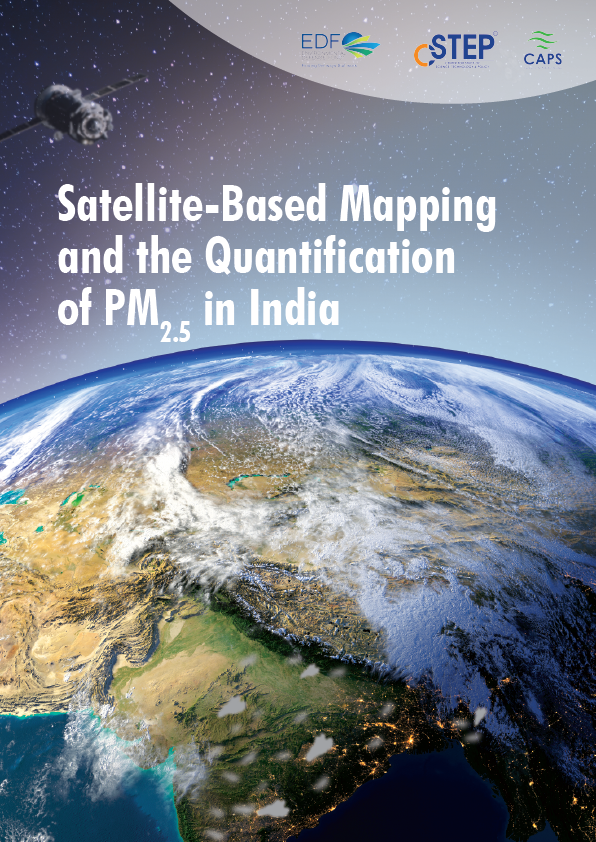Regulatory air pollution monitoring in India is mostly limited to urban areas. Without a dense network of monitors, it is difficult to capture the fine spatial variations of PM2.5, one of the major pollutants with severe implications for human health. Using satellite-based products to estimate PM2.5 can help generate high-resolution gridded spatial maps at a significantly lower cost. However, there are challenges and limitations in converting the satellite columnar aerosol optical depth (AOD) into surface PM2.5. Major limitations include the non-availability of satellite AOD during cloudy days and the lack of non-urban PM2.5 measurements.
In this study, the daily mean PM2.5 was estimated and spatial maps (of 1 km spatial resolution) were generated using Moderate Resolution Imaging Spectroradiometer (MODIS) AOD for the calendar year 2019 across select Indian regions. The study regions included the urban, peri-urban, and rural regions of Delhi-National Capital Region (NCR), Kanpur, and Bengaluru. An advanced statistical model was trained using open-access data sets (satellite, regulatory ground-based PM2.5, reanalysis meteorology) to estimate the daily mean PM2.5. Annual and seasonal maps of PM2.5 were generated and a hotspot analysis was performed to identify spatial clusters of high PM2.5 grids within the study regions. Spatial gradients of PM2.5 were studied to understand the rural, peri-urban, and urban contrast in pollution levels.

Click here for the Press Release.
